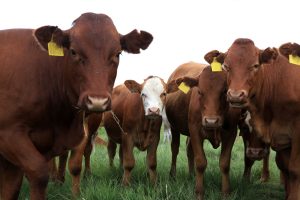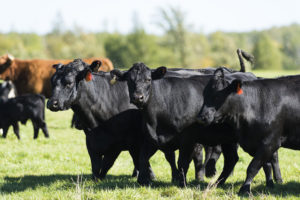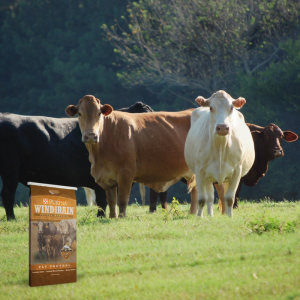 Pasture looks excellent right now, so why pay attention to forage for cattle?
Pasture looks excellent right now, so why pay attention to forage for cattle?
There are simple things you can do to make the most of summer forage for cattle today and further on down the road:
1. Implement a grazing plan
Rotational grazing gives pastures a rest compared to grazing them continuously. You can rotate cattle between pastures as often as once a day to as little as once a month. Either way, rotational grazing can help ensure the quality and quantity of forage for cattle throughout summer. Simply splitting a cattle pasture in half can help.
2. Consider soil fertility
Just like you need to look at cattle requirements each winter and determine if you need to supplement, the same holds true for soil. Work with an agronomist to test your soil. Test results will tell you if you need to fertilize to combat gaps in soil fertility.
Remember, soil fertility will impact not only forage quantity but will also influence quality – especially protein. What your cattle eat is a direct result of soil fertility.
3. Hone in harvest
There’s no “right” time to harvest crops. Harvest typically occurs when there’s a happy medium of quantity and quality. Time harvest to match the quality of forage desired. Keep in mind that as forage for cattle matures digestibility and protein tend to drop. Also look at ways to minimize leaf loss and consider the use of a preservative to help with forage storage.
4. Manage cattle pasture quality decline
As you get into July and August, forage for cattle matures and pasture quality declines. You may need to supplement to meet cattle requirements. Supplementation is especially vital in spring-calving herds with cows still lactating. Don’t overlook calves; as cattle pasture quality declines, consider offering calves supplemental creep feed.
Fast fact: Providing creep feed to calves as pasture quality declines in late summer can help offset a nutritional gap. A creep feed program using Intake Modifying Technology® can efficiently assure calves reach their genetic potential for gain.
Does your nutrition program stack up? Find out with a Proof Pays feeding trial.
Source: Chad Zehnder, Ph.D., Field Cattle Consultant








